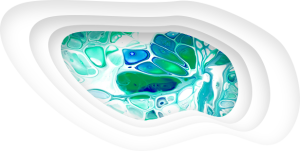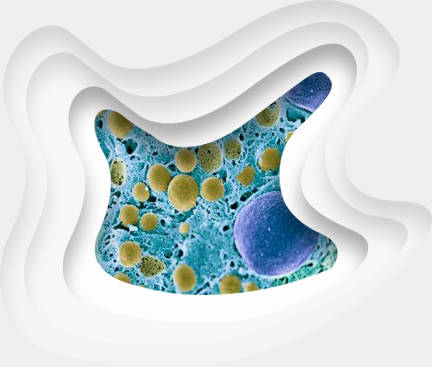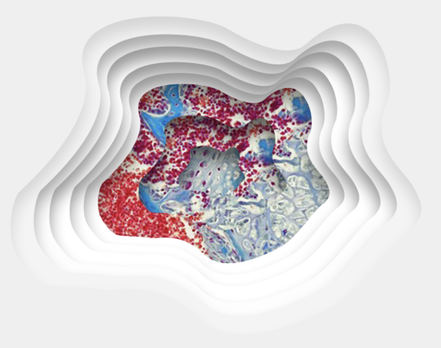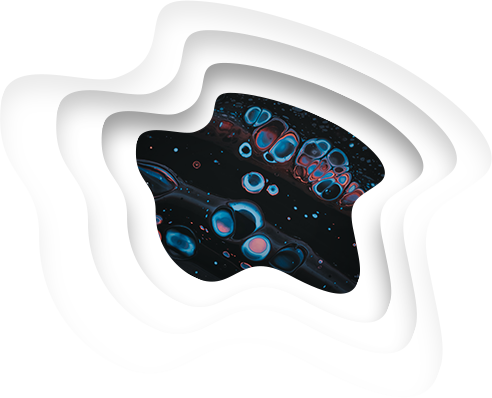Have you ever used Uber or a food delivery app or Amazon on your phone and marveled at how easy it is for a first-time user to navigate through these? User experience (UX) design is the set of principles used in the development of technological products which make them user friendly, even for non-tech savvy people. Below are the key insights from a session that I attended on UX designing and how it can be applied to scientific writing. This session was part of the Virtual 17th Annual ISMPP Meeting. The session was moderated by Jason Gardner, CMC Connect, with esteemed speakers, namely, Mike Morrison, UX Designer, Michigan State University, PhD Student, Work Psychology and Orla Weir, Multichannel Strategy Director, CMC Connect, McCann Health Medical Communications.
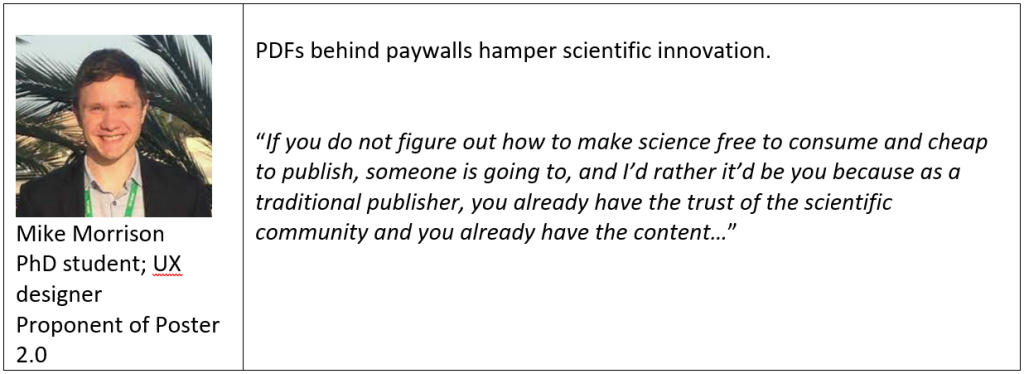
Despite the ease of navigation offered by online journals and enhancements using multimedia digital content, research papers have retained the basic IMRaD structure over the past 100 years.
The sheer volume of scientific literature—an estimated 2.5 million papers added annually—and the use of overcomplicated language and structure render the uptake of science and medicine into practice cumbersome.
This session proposed new information design and access principles and modern writing and data presentation ideas to enhance UX and increase scientific exchange exponentially.
What should be the goal of publication?

A research paper is a container for multiple granular concepts, and each reader may be interested in only a small facet of that research. The goal of publication should be to make that specific unit of information available instantly to each reader.
Barriers to easy information access

How can we revolutionize information access and consumption?
- 100% articles in HTML format (no PDFs) and >90% articles open access, resulting in full-text articles opening each time a hyperlinked citation is clicked
- No page limits (front-load key information, provide details in appendices)
- Use multimedia for better UX
- Continuous online open peer-review by experts worldwide versus 2–3 journal peer reviewers
- Robust review comments upvoted by readers
- Articles updated periodically, allowing vital revisions
- Enhanced machine readability through implementation of new html tags relevant to clinical medicine (for example,
exercise therapy to identify independent variables)- Software assistants should be able to instantly retrieve exact information in response to plain language questions
- Responsive/adaptive design for readers to consume information on any device (iOS, Android, laptop, mobile) at any time and place
- Massive acceleration in scientific exchange through UX improvements
How is UX writing different from traditional writing?
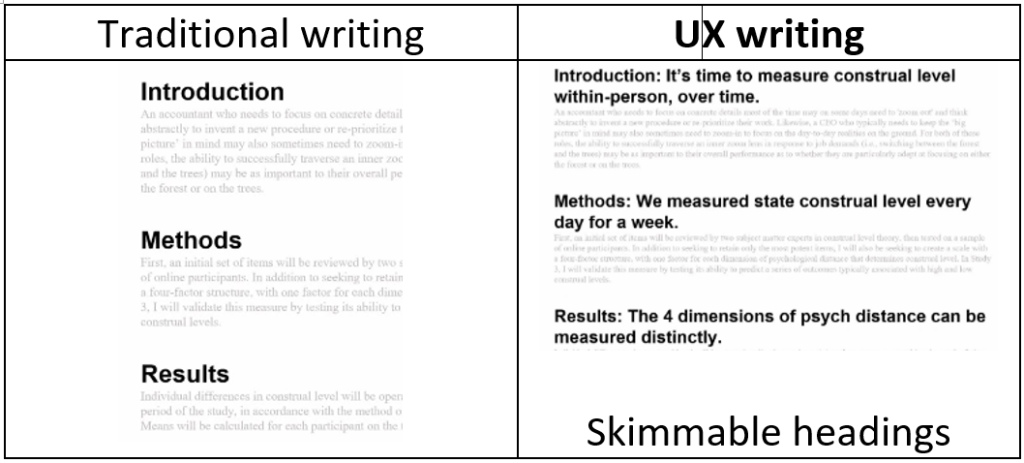
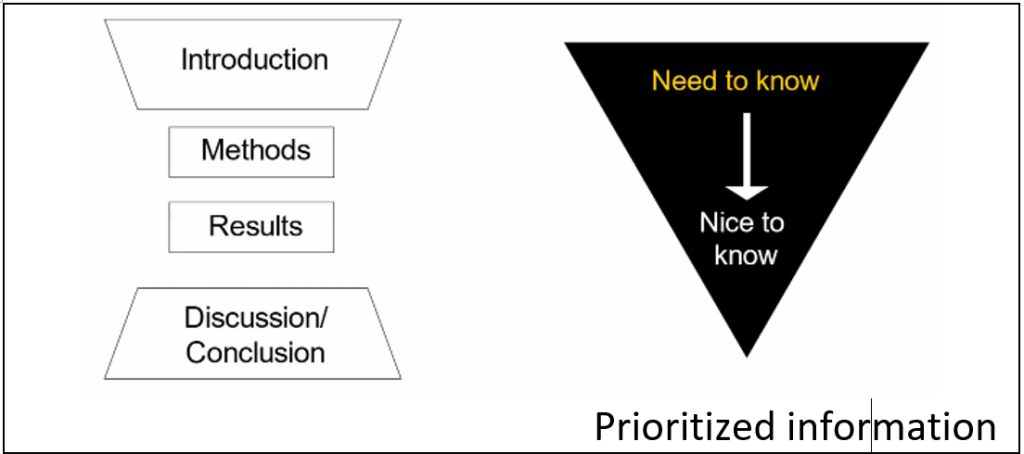

Novel data presentation formats: Leverage the power of HTML
Allow data points to be queried and data files to be downloaded
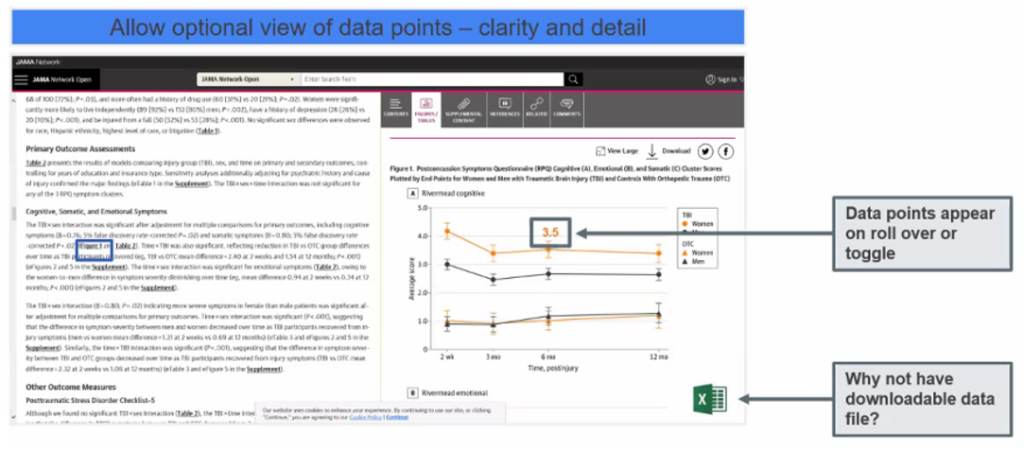
Allow data points to be toggled on and off to view the most relevant information

Allow selection of endpoints through a dropdown menu to compare outcomes
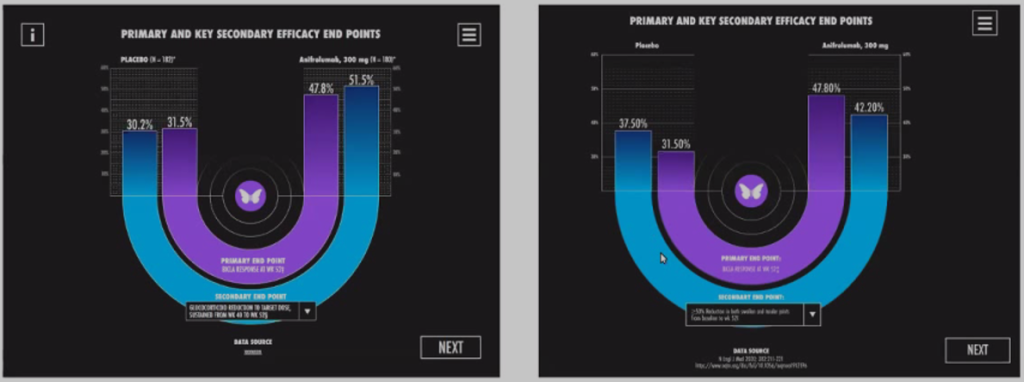
Use infographics to explain study design or to put data into context
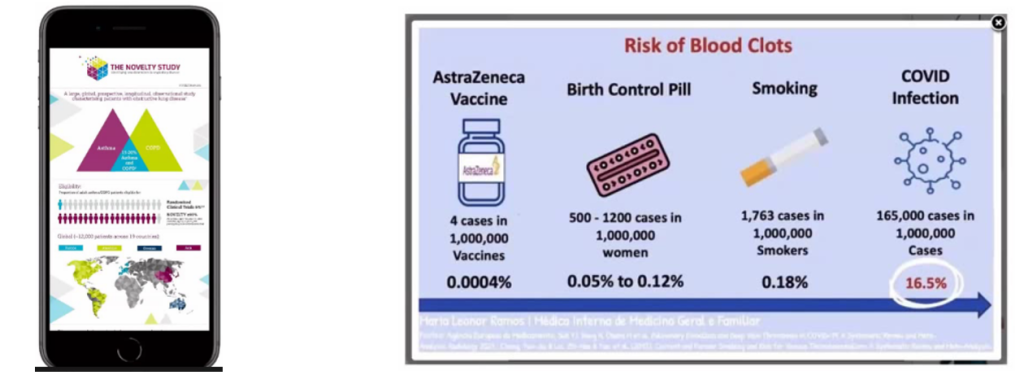
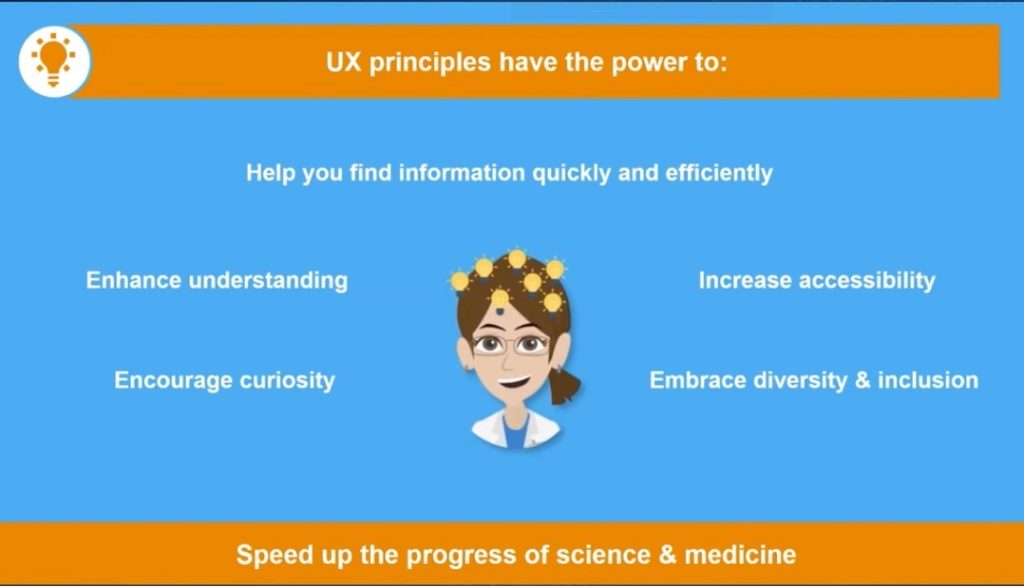
This article is part of the Virtual 17th Annual ISMPP Meeting report. Get your full copy of this comprehensive report today!
About the author

Sandeep Kamat
Sandeep Kamat is Vice President, Quality & Training, at Cactus Life Sciences.



